Fiber cement board is a versatile and increasingly popular building material that has revolutionized the construction industry. Composed of a unique blend of cellulose fibers, cement, and other additives, this composite material offers remarkable strength, durability, and fire resistance while remaining lightweight and easy to work with. In this blog, we will delve into the world of fiber cement boards, exploring their composition, applications, and the myriad of benefits they bring to various construction projects.
Post your Requirement
Understanding Fiber Cement Board
Fiber cement board, also known as cement board or fiber cement siding, is a type of building material used in both residential and commercial construction. It is composed of a mixture of cement, cellulose or wood fibers, sand, and water. The combination of these components creates a strong and durable composite material that offers various advantages for different construction applications.
Fiber cement boards come in various thicknesses and sizes, making them suitable for a wide range of applications both indoors and outdoors. The material is usually supplied in large sheets, and it can be cut, shaped, and installed like traditional wood or other building materials.
Design, Composition, And Manufacturing Process Of Fibre Cement Board Explained!
Fiber cement cladding, commonly referred to as “Fiber Cement board” is a long-lasting, low-maintenance, and durable material, that requires little upkeep or maintenance. It is a long-lasting and sturdy board owing to its cellulose fibers, cement, and sand. It has been in use for about more than ten decades, but due to its aesthetics and appearance, which somewhat resembles wood grain, fire resistance, and high resale value, consequently it is extensively gaining popularity.
Manufacturing Process Of Fiber Cement Board:
- Preparation of Raw ingredients:- Choose and blend all raw material ingredients, such as water, silica, cellulose fibers, and cement.
- Mixing:- Another point is to make a slurry by blending all the raw materials and ingredients.
- Sheet Formation:– The slurry is fed onto a conveyor and shaped into the sheets through diverse several rollers.
- Pressing:- You can also apply intense pressure to the sheets to eliminate excess water and achieve the needed thickness.
- Cutting:- Make the essential cuts to the compressed sheets.
- Quality Control:- Check concluded boards for flaws and ensure they meet diverse quality requirements and standards.
Key Properties and Benefits of Fiber Cement Board
-
Durability:
Fiber cement board is highly durable and can withstand exposure to harsh weather conditions, including rain, extreme temperatures, and UV rays.
-
Fire Resistance:
The cement component in fiber cement board provides excellent fire resistance, making it a popular choice for building exteriors and fire-rated applications.
-
Water Resistance:
While not completely waterproof, fiber cement board has good water resistance, reducing the risk of rot, swelling, or warping.
-
Insect and Pest Resistance:
Unlike wood, fiber cement boards are not susceptible to termite damage or other insect infestations.
-
Low Maintenance:
Once installed, fiber cement board requires minimal maintenance, saving time and effort compared to other building materials.
-
Design Versatility:
It is available in various textures and finishes, allowing for versatile architectural designs and aesthetics.
-
Eco-Friendly:
Fiber cement boards often contain recycled materials, making it a more sustainable building option.
Tips For Choosing Quality-made Fiber Cement Board
To ensure maximum performance, durability, and lifespan, take into account several important factors while opting for high-quality fiber cement boards. You can examine the material composition first while giving priority to the fiber boards with cellulose fibers and premium cement for durability and robustness. Check the board for smoothness, which is a sign of sound manufacturing methods, as well as consistency in thickness, robustness, and surface quality. You can also verify the integrity of the edges, any evidence of corrosion could affect installation, appearance, and functionality. Below are a few essential factors to consider when opting for the fiber cement board:-
- Quality Assurance: Take into account the fiber cement boards that have a track record of long-term resilience against degradation and rot, durability assuring the dependable, quality-made, durable, and low-maintenance building material.
- Eco-Friendly Design: To lessen the ecological footprint and impressions, you can opt for the manufactured from sustainable, eco-conscious, and eco-friendly materials.
- Low-Emission Manufacturing: To enhance indoor air quality and resident health, you can opt for fiberboards made of low-emission procedures with durability.
- Customization Choices: To satisfy specific designs, seek modern fiber cement boards that provide fully tailored choices such as color variations, aesthetic appearance designs, or textured finishes.
- Impact Resistance: To withstand unintentional damage and preserve structural integrity over time, give priority to fiber boards with excellent impact resistance, durability, and sturdiness.
- Dimensional Stability: Always opt for fiber cement boards that will not contract or expand so much in response to variations in heat, humidity, and temperature.
Common Applications of Fiber Cement Board:
-
Exterior Siding:
Used as a cladding material for residential and commercial buildings due to its durability and design options.
-
Roofing:
As an alternative to traditional roofing materials, fiber cement board provides excellent weather resistance and fire protection.
-
Interior Wall Cladding:
Offers a durable and attractive option for interior walls.
-
Tile Backer Board:
Used as a substrate for tile installations in wet areas like bathrooms and kitchens.
-
Decorative Elements:
Used for architectural accents, decorative facades, and other creative applications.
Read More: What are the uses of Fiber Cement Boards
Installation and Maintenance:
- Proper handling and installation guidelines.
- Precautions and safety measures during installation.
- Tips for maintaining fiber cement board to prolong its life.
Potential Drawbacks and Limitations:
- Recognizing potential issues with fiber cement boards.
- Moisture-related concerns and prevention measures.
- Proper disposal and recycling considerations.
Conclusion:
Fiber cement board is a remarkable building material that has earned its place in the construction industry due to its exceptional properties and wide-ranging applications. From siding to roofing, this versatile material offers countless benefits to architects, builders, and homeowners alike. By understanding its composition, advantages, and proper usage, we can make informed decisions when incorporating fiber cement boards into our construction projects, ensuring sustainable, durable, and aesthetically pleasing results.

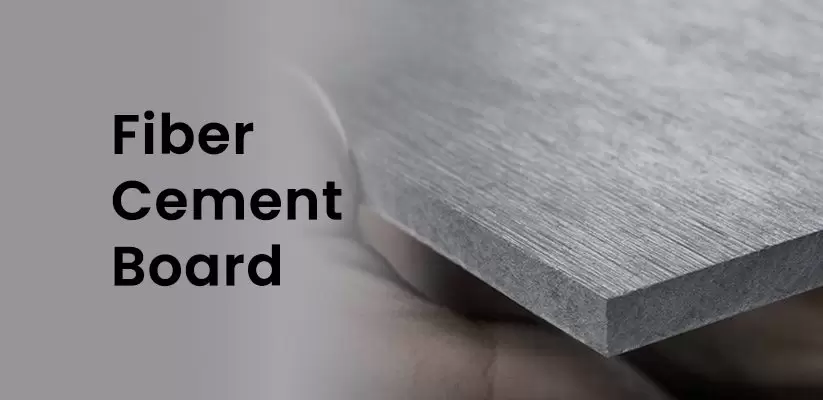
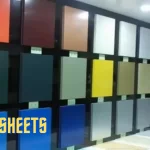
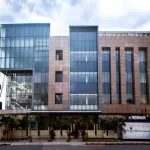
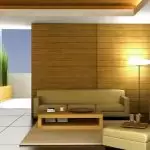
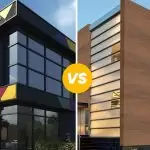

















Post A Comment